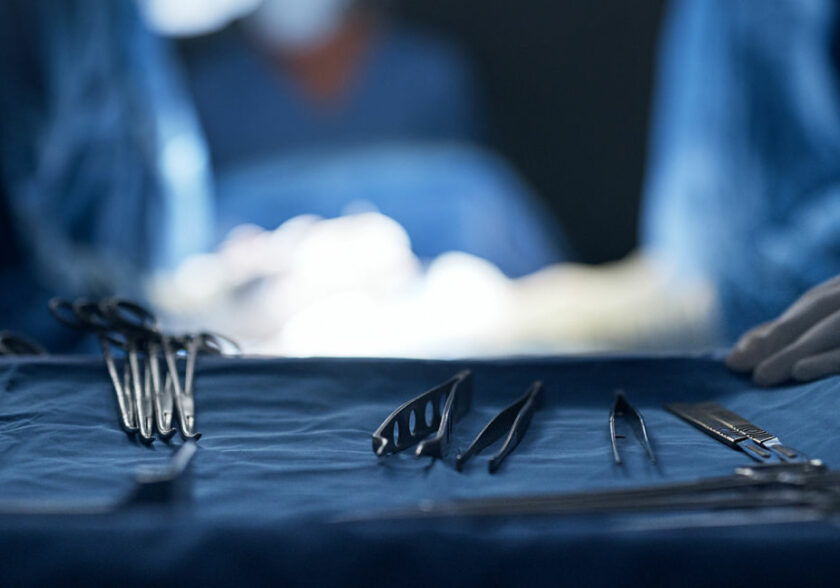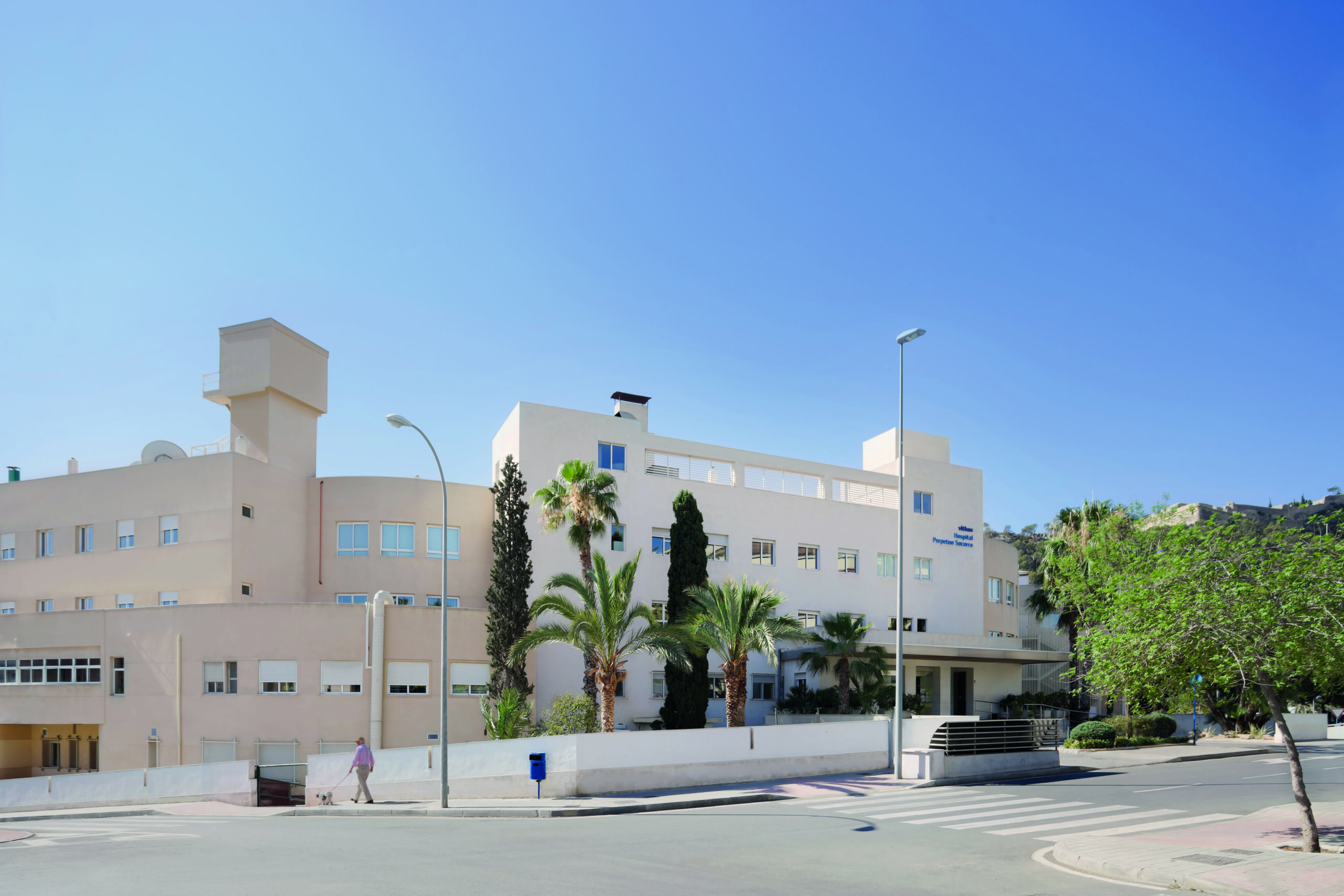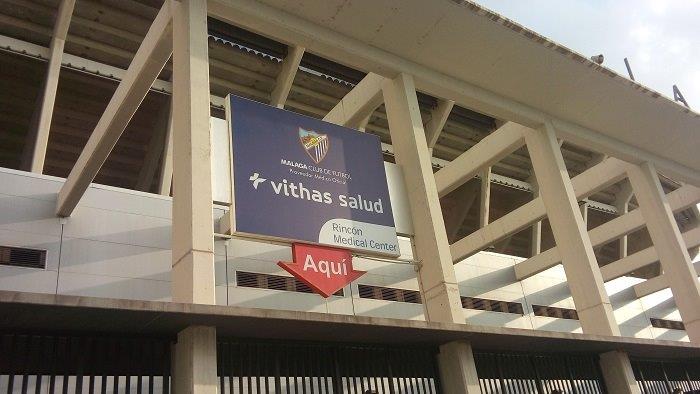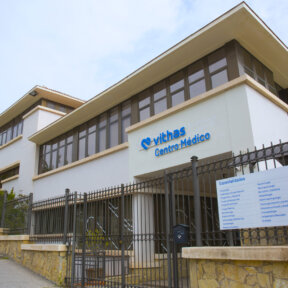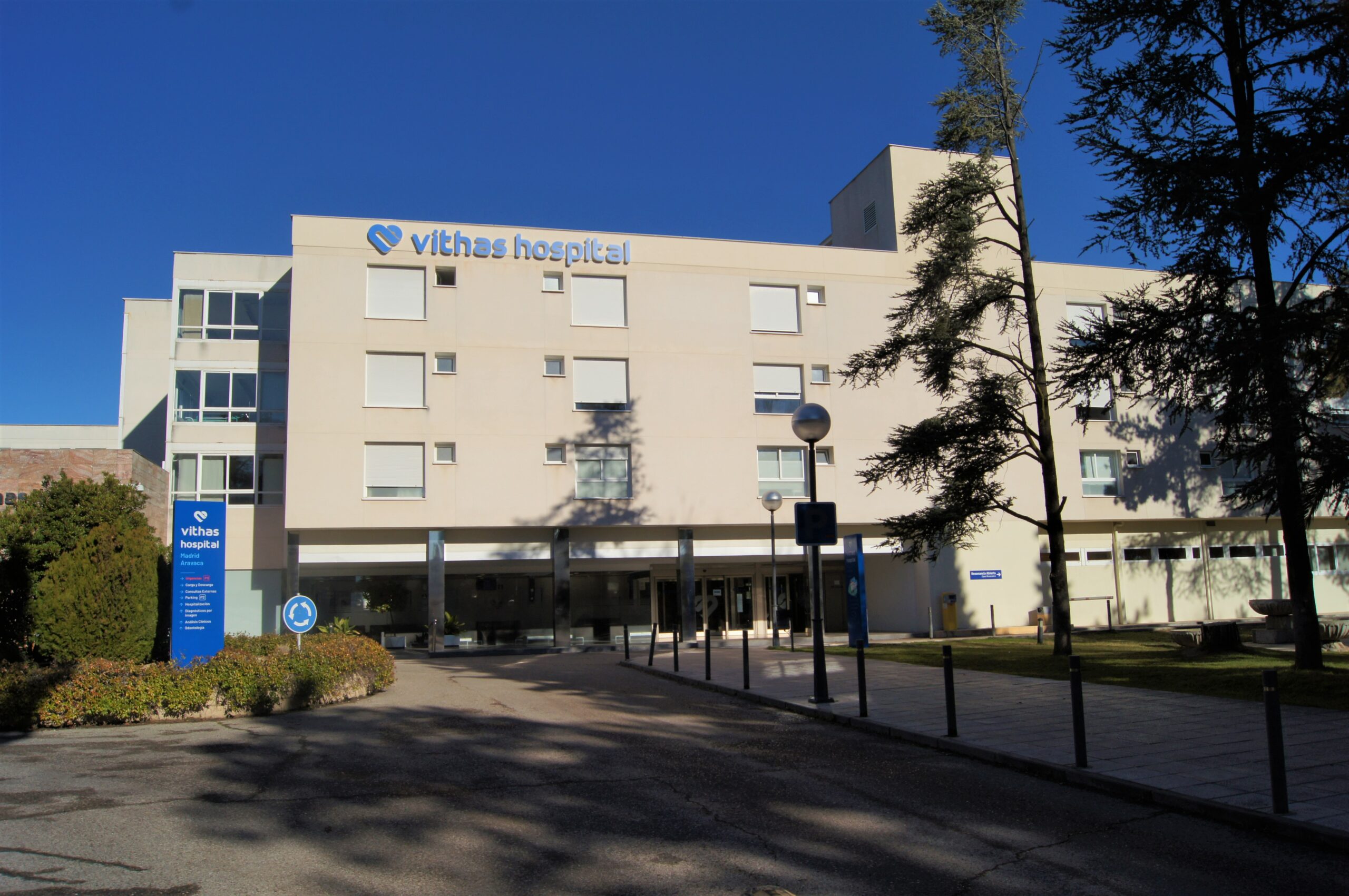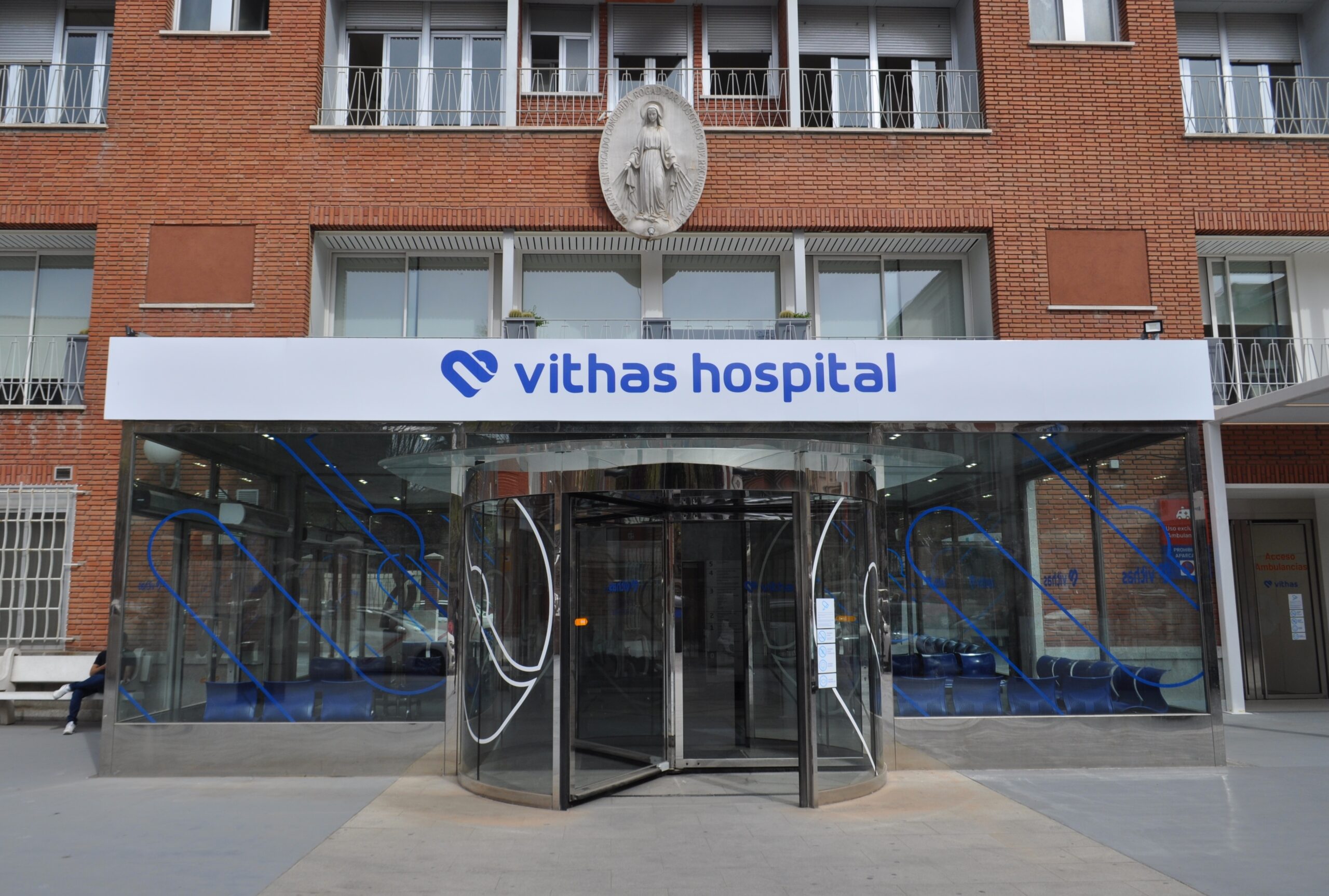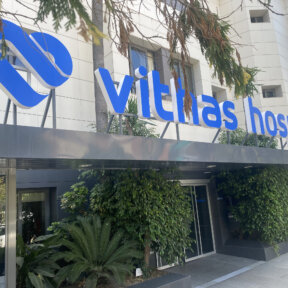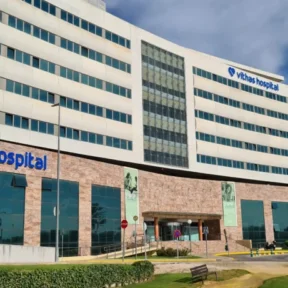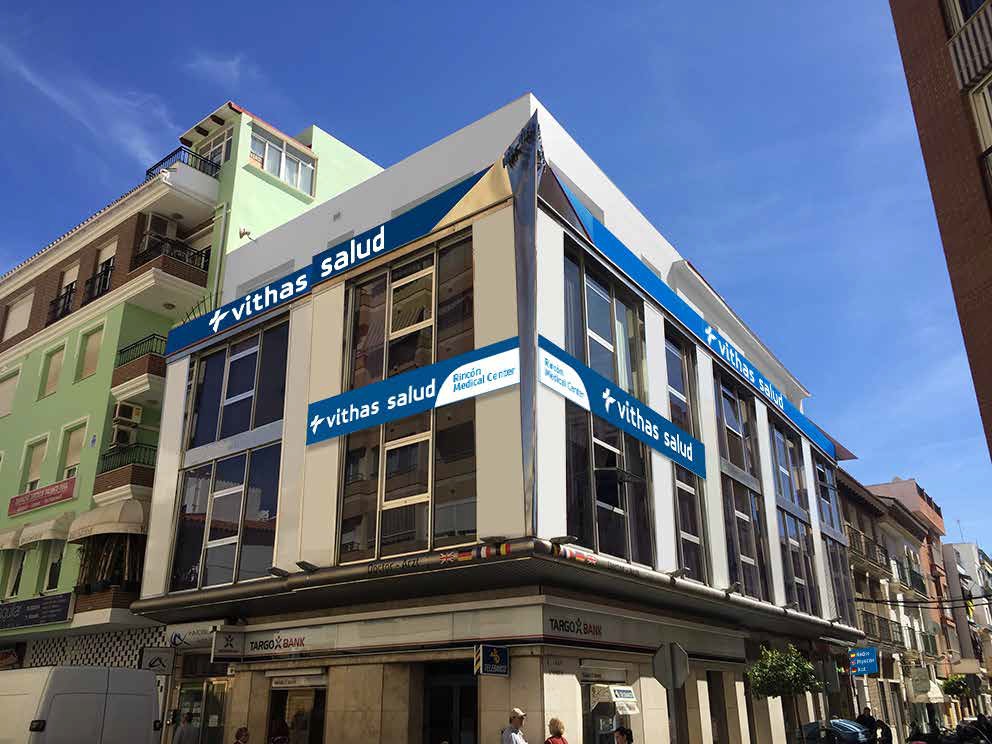What is cardiovascular surgery?
Cardiovascular surgery is a medical speciality that deals with disorders of the cardiovascular system. It is dedicated to the diagnosis and treatment of vascular diseases (angiology or arterial diseases, phlebology or vein conditions and lymphology or lymphatic disorders, as well as vascular surgery) and to offering surgical solutions to cardiac and aortic conditions requiring surgery (cardiac surgery).
Specifically, cardiac surgery treats organic heart conditions that require surgical intervention.
Which patients is it for?
Cardiac surgery is indicated in cases where medical and interventional treatment is not sufficient or is not the best option for the patient.
The decision to recommend cardiac surgery is made after assessing the case in a multidisciplinary session, considering all the therapeutic options and the individual characteristics of each case.
Main conditions and diseases
- Ischemic heart disease: The coronary arteries are those that carry blood flow to the heart muscle (myocardium). When one or more coronary arteries are totally or partially blocked, the blood cannot reach the myocardium adequately, preventing the heart muscle from receiving enough oxygen. This can cause angina pectoris (chest pain in certain situations such as physical exercise or stress) or even a myocardial infarction (an irreversible lack of blood flow to part of the muscle, a heart attack). To avoid this, you may have to undergo one or more coronary artery bypasses.
- Valvulopathies: In patients with stenosis (valve narrowing) and/or insufficiency (valve doesn’t close properly) of one or more heart valves, medical treatment is not sufficient once the disease has got to a certain stage. This is usually caused by a mechanical problem and the goal of surgery is to repair or replace the damaged valve. There are four valves in the heart: the aortic valve, mitral valve, tricuspid valve and pulmonary valve.
- Pathology of the aorta: The aorta is the main artery in the body.
- Dilation of a blood vessel is called an aneurysm. It usually does not show symptoms, so it is often detected when running diagnostic tests for other conditions.
- Coarctation of aorta is a narrowing or stenosis of the aorta and is usually found in newborns, although in some patients it may go unnoticed for years.
- Other conditions: Tumours (myxoma is the most frequent benign tumour), hypertrophic cardiomyopathy (pathological increase in the thickness of the heart muscle), congenital diseases, pericardium conditions, arrhythmias such as flutter or atrial fibrillation or cardiac trauma may also be treated with heart surgery.
Main diagnostic resources and technology
To achieve the best results in cardiac surgery, we have a multidisciplinary team consisting of cardiologists, cardiovascular surgeons, intensive care specialists, anaesthesiologists, perfusionists and specifically trained nurses, who have all the necessary experience and training in all areas of treatment.
For cardiac surgery without extracorporeal circulation, an extracorporeal membrane oxygenation (ECMO) machine is used, a device that does the jobs of the heart and lungs temporarily, allowing the heart to “rest” and empty while the surgeon operates. The perfusion nurse operates this during surgery.
Cardiac surgery is performed in operating theatres that are specially equipped with the latest technology in cardiovascular monitoring, which includes the use of intraoperative transoesophageal ultrasound for cardiac monitoring and bispectral index and cerebral oximetry for brain monitoring.
When coronary surgery is performed, we usually use a flow-measuring device in the coronary grafts so that we can be sure that the grafts are working properly before the surgery is finished.
Sometimes it is necessary to perform surgery under hypothermic circulatory arrest, so there is a cold and heat exchanger that regulates the patient’s temperature. Other times we may need to regulate the heart rate after surgery, so we connect a temporary pacemaker to the heart of patients who have just undergone surgery.
In cases where the patient’s heart does not have enough contractility to pump blood, a ventricular assist device may need to be implanted until the heart recovers or, in certain cases, permanently or as a bridge to a heart transplant.
After cardiac surgery, the patient goes to the Intensive Care Unit (ICU) where they are monitored and followed-up until they can be discharged to the ward.
Main treatments
- Coronary artery bypass surgery: This is performed when a coronoary artery is totally or partially blocked.
- Valvular surgery: Valvular surgery is performed when there is a problem in the opening or closing of one or more of the four heart valves (aortic, mitral, tricuspid or pulmonary), which are responsible for directing blood flow forward between the four chambers of the heart, aorta and pulmonary artery. It involves repairing or replacing the damaged cardiac valve(s) with a prosthetic mechanical valve (requires life-long anticoagulation medication) or biological valve(s).
- Aortic valve surgery
- Mitral valve surgery
- Tricuspid valve surgery
- Pulmonary valve surgery
- Aorta surgery: Aorta surgery is performed when there is a dilation (aneurysm), dissection or coarctation in the aorta, the artery that carries blood from the left ventricle to the rest of the body, except to the lung. It is usually directed towards the aorta, preventing the blood from leaving the ventricle.
It generally involves replacing the affected aortic segment with a vascular prosthesis or graft. Surgery for uncomplicated aortic aneurysms and uncomplicated descending aortic dissection is usually performed as a scheduled surgery.
However, surgery of ruptured aortic aneurysms or dissection of the ascending aorta is usually an emergency surgery as without surgical treatment it has a high mortality rate.
- In the case of aortic root surgery, the affected segment from the aortic valve to the healthy aorta is replaced. Your surgeon will tell you the most appropriate technique depending on your condition, your personal circumstances and the experience of the surgical team.
- For aneurysms of the aortic arch (the aortic area between the ascending and descending aorta), it is necessary to stop circulation to reimplant the exit of the arteries that supply the head, neck and extremities (supraaortic trunks) in the prosthesis.
- In cases of descending aortic aneurysms, the endovascular approach by inserting an endoprosthesis through the femoral artery is the most commonly used technique.
- Abdominal aortic aneurysms are usually treated with an endovascular approach by placing bifurcated endoprosthesis through both groins.
Areas of specialisation
- Adult cardiac surgery: Adult cardiac surgery is the subspeciality of cardiovascular surgery dedicated to the surgical treatment of cardiac and thoracic aortic conditions in adult patients.
- Congenital or paediatric cardiac surgery: This is the subspeciality of cardiovascular surgery dedicated to the surgical treatment of congenital cardiac diseases, that is, present at birth. It is usually used to treat patients during childhood but may also involve operating on adult patients (congenital adult disease).
- Vascular surgery: Vascular surgery is the subspeciality of cardiovascular surgery dedicated to the diagnosis and medical and surgical treatment of vascular disease, including arterial (angiology), venous (phlebology) and lymphatic (lymphology) conditions. In Spain, this subspeciality of cardiovascular surgery overlaps with the speciality of angiology and vascular surgery, with which it shares diagnostic and therapeutic techniques and procedures.
Why come to the clinic?
If you think you may have a circulatory-related condition or have been diagnosed with a heart condition that requires surgical treatment, you should see your cardiovascular surgeon.
Your cardiologist is the right person to diagnose a heart problem. If the problem cannot be treated satisfactorily with a medical or endovascular solution, your cardiologist will recommend you go to the cardiovascular surgery clinic with your report.
In most cases, surgical interventions are agreed by multidisciplinary teams from cardiology and cardiovascular surgery, so when you go to the clinic your cardiologist may have already contacted the cardiovascular surgeon.
Your surgeon will explain the various treatment options in detail and which is the most recommended based on your age, concomitant pathology, anatomy of your heart’s injuries or surgical team’s preferences depending on experience in the different techniques.
During the consultation, you will be able to clear up any concerns you have about the operation. The consultation takes place in a calm and safe setting, giving you the confidence that you are in the hands of the best professionals.
FAQs
When is cardiac surgery advised?
Surgery is advised when other treatments aren’t possible or when greater chances of survival and a better quality of life may be achieved with surgery. The decision is always made jointly by a team of cardiologists and cardiovascular surgeons, who look at all the options and individualities of each case.
Sometimes, surgery is not curative — like in coronary surgery — but it can prevent symptoms, improve survival, and even prevent sudden death. Other times, surgery may require reoperation such as valve surgery or congenital surgery, but this is always a better option than not operating.
You may have to have surgery even if you don’t have symptoms, such as when you have an aortic aneurysm, but surgery in these cases has been shown to improve survival and, in many cases, prevent sudden death.
Finally, most cardiac surgeries are curative, such as for certain valve pathologies or aortic surgery, relieving symptoms and in some cases preventing early death.
How long is the postoperative period?
It depends on the surgery performed. Most patients undergoing cardiac surgery are discharged between the 6th and 10th postoperative day.
However, some patients may be discharged earlier while some may require a longer hospital stay. This will depend on the type of surgery, the characteristics of the patient and the possibility of complications during the postoperative period.
Who will be in the operating room during surgery?
Usually, in addition to the main surgeon, there are one or two assistant surgeons, an anaesthesiologist, a perfusionist, an instrument nurse, a circulating nurse, an anaesthesia nurse, an assistant and, in certain cases, a cardiologist who performs cardiac assessment by transoesophageal ultrasound.
Where do patients go after surgery?
Generally, patients go to the Intensive Care Unit after surgery, where immediate postoperative monitoring is carried out by an intensive care physician. While there, your vital signs (blood pressure, heart rate, electrocardiogram) will be continuously monitored and you will remain assisted by mechanical ventilation until you’re extubated, if you haven’t already been in the operating room. Once extubated and stable, without drugs that require intensive monitoring, and most of the time after removing the drainage tubes, you will move to the ward to complete the hospital postoperative period, where you’ll be visited daily by a cardiologist or a cardiovascular surgeon.
Do I have to stop taking any drugs before cardiac surgery?
You will normally be told to stop taking anticoagulant drugs and sometimes antiplatelet drugs (including aspirin). Anticoagulants are medicines that prevent blood clotting. The most well-known one is Sintrom®. Other new types of anticoagulant drugs are direct oral anticoagulants. Your surgeon will tell you which drugs to stop before surgery and when to stop.
What are the risks of cardiac surgery?
Unfortunately, no surgical procedure is without risks, and the same is true for cardiac surgery. Risks vary depending on the type of surgery and the particular conditions of each patient and may be mild, such as a superficial infection of the surgical wound, serious, such as major postoperative bleeding, or even fatal.
In general, morbidity and mortality in cardiac surgery has fallen tremendously due to accumulated experience and new surgical techniques, and most operations performed today are low-risk. Your surgeon will inform you of the risks in your specific case, although these will always be less than the option of not having surgery.
Will I be completely reinstated after the surgery?
In general, you will feel tired and maybe somewhat sore after the initial postoperative period and even when you go home. It usually takes about 8–10 weeks to return to normal after heart surgery. During this time you may notice general discomfort, swelling in the legs, mood swings, lack of appetite, or pain by the breastbone.
Your surgeon will instruct you to take home medication so that all these discomforts are as bearable as possible. You should avoid lifting more than 5 kg during the postoperative period because the sternum has not finished stabilising and may move.
We recommend that you undergo cardiac rehabilitation directed by a qualified professional and to get in touch with an association of patients undergoing cardiac surgery, especially if you have to take anticoagulation medicine for life.
Will I have to take medication after the surgery?
Usually, depending on the surgery performed, your doctor will instruct you to take home medication at hospital discharge. You may need to take anticoagulant drugs for life if you have had a mechanical valve implanted or if you have any arrhythmias after surgery. This medication may require regular monitoring.
Drugs may also be prescribed to improve urination (the amount of daily urine), which may be stopped once the amount of fluid accumulated after surgery has been eliminated. Please feel free to ask any questions regarding the treatment prescribed prior to discharge.
How long will my biological valve last?
Biological valves degenerate over time and their service life mainly depends on the type of valve, your age and state of health. You will need regular checks by your cardiologist, who will perform an echocardiogram to assess the condition of your replacement valve.
Most patients who opt for a biological valve do not need to be re-operated during their lifetime. Today, outcomes of cardiac reinterventions have improved significantly and it is even possible in certain cases to implant a transcatheter valve inside the biological valve.
I’ve had an aneurysm operated on. Can I get another one?
Because the entire aorta is not replaced in aneurysm surgery, another aneurysm may appear in a different location over time. Therefore, regular follow-up by your cardiovascular surgeon is recommended, where the necessary tests will be prescribed to detect early the appearance of a new aortic aneurysm or another peripheral artery (femoral or popliteal, for example), if it occurs.


